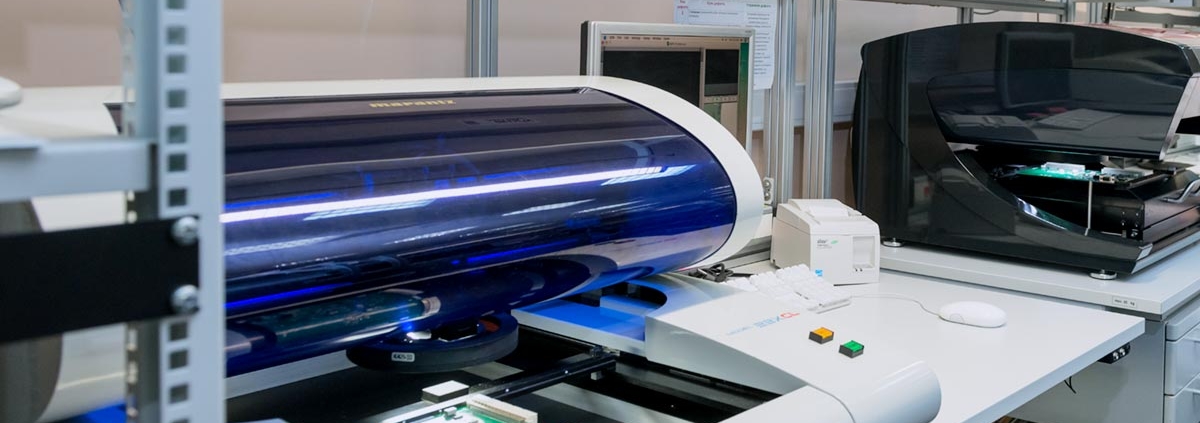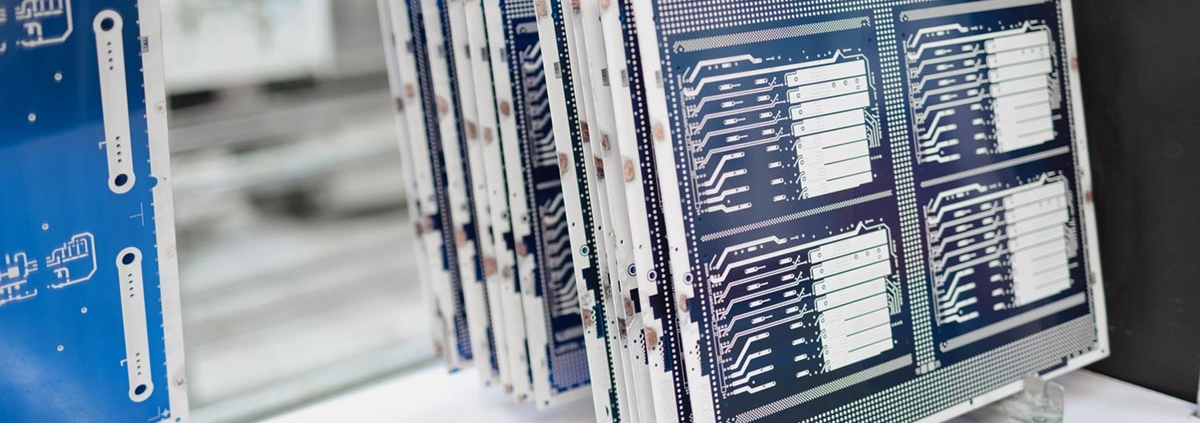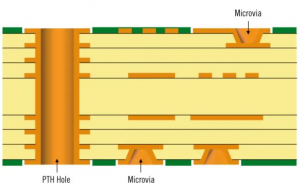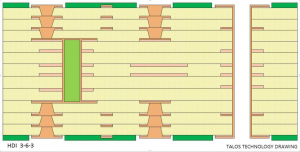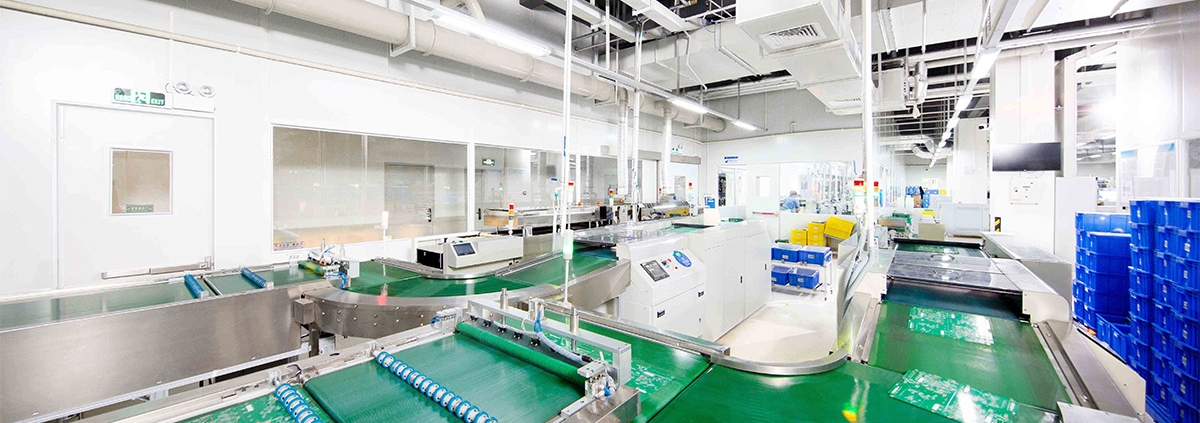For many electronic engineers, PCB assembly service in China is important to their businesses.
PCB assembly is an essential part of any electronics product production process that integrates components into a circuit board. These circuit boards are expected to function as designed with high-level specifications, performance requirements, and reliability expectations for both the life of the product and post-warranty servicing. Due to the complex nature of electronics manufacturing, high-quality PCB assembly service in china is essential since it’s often complicated for companies based in Western countries to have the resources, equipment, or capabilities required for an efficient and cost-effective electronics production process.
Advantages of Using a PCB Assembly service in China?
A PCB assembly service in china can help a business save money by providing complete access to the latest technologies and reduce wait time for product launches and update custom products based on market demands. In addition, there is little risk of intellectual property leakage or exposure with a reliable partner who works within local industry standards. Most importantly, you have a better chance of reducing product costs when you have a reliable partner to help with the early planning stages.
With an increasing number of companies in China seeking to expand their customer base and compete in international markets, particularly the high-growth industries in the Asia Pacific and beyond, offering a complete range of PCB assembly services in China will provide a vital edge over local competitors.
Benefits Of Using A Professional PCBA Assembler?
– Existing technology and a full range of equipment.
– Access to the latest technologies which may compete favorably with your own.
– More competitive pricing – can help you to save money.
– Reduction in your total cost of ownership (TCO)
– A full range of services, such as product design and documentation (D&AD),
test plan, prototype PCB fabrication, and PCB assembly service in China.
– Can reduce risks associated with handling intellectual property issues.
– Fast delivery times as labor costs are significantly lower than in the United States.
– Minimized risk of industrial espionage and IP leakage – you can be assured that manufacturing processes and trade secrets will remain confidential.
– Local industry expertise provides quick response times and competitive pricing for new business endeavors, upgrades/customizations, and expansions.
– Lower tax rates than the United States give manufacturers another small price advantage over domestic competitors.
– Better industry standing and customer relations give companies a more reliable image in the eyes of their clientele, shareholders, and partners.
PCB Assembly service in China is important for electronics engineers from all types of industries. PCB assembly service in china provides local PCB manufacturers who support an entire range of production technologies at a much lower cost than are available domestically.
For projects that have stringent requirements, you need advanced technologies to handle the needs of high-tech devices and achieve greater efficiencies in production.
Why Choose Talos PCB for Your PCB Assembly Service In China?
- At Talos PCB, we give you more than just a printed circuit board assembly (PCBA). We’ll partner with your concept through engineering and manufacturing to create this finished product that meets all specifications. Our goal is to provide the best value for each customer every time!
- Talos PCB has been in the electronics industry for over 10 years; we provide quality PCBs, PCBA’s (printed circuit boards), component parts allocate services as well as testing facilities that ensure all your needs are met with a single-stop shop solution to any size project you may have!
- We understand that PCB projects can take many different forms, from small runs needed by established customers to large volume orders requiring rapid turnaround times under tight pressure specifications. The Talos Technologycustomer base includes many of the Global companies in the world. Whether you are a multinational corporation, a high-tech company, or an established small business looking to grow, we have what you need to meet all your competitive needs.
- Talos PCB is dedicated to providing customers with high-quality products and services at competitive prices. Our five-step quality control process ensures that all products meet or exceed customer expectations.
- Talos PCB offers competitive prices, dependable service, small minimum orders, RUSH service, and fast turnaround! Our customers are extremely satisfied with our products. We believe that PCB assembly service in China is the best solution for any company that wants to reduce the total cost of ownership, improve the assembly process, and increase the profit margin. So don’t hesitate to contact Talos sales representative for PCB assembly service in China!
At TALOS, our extensive experience and competitive pricing allow you to focus on the most critical needs in your organization, from your boards to many other products, in a streamlined process. Contact us today to learn more about how we can help you.

